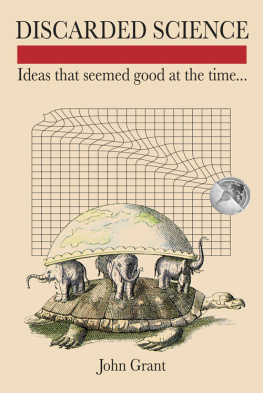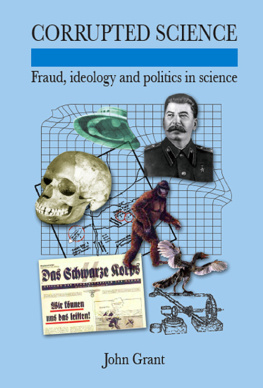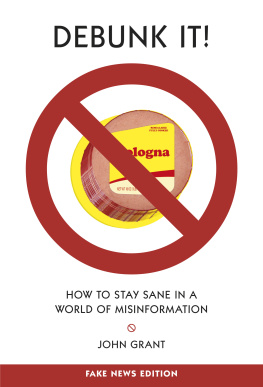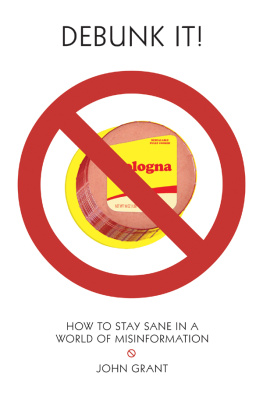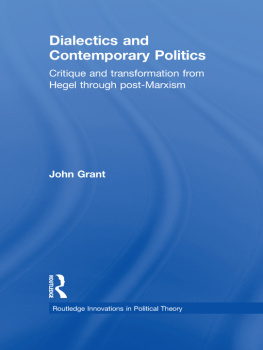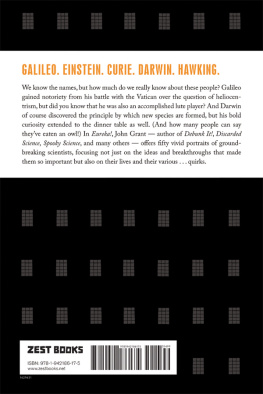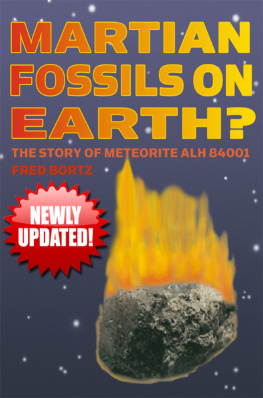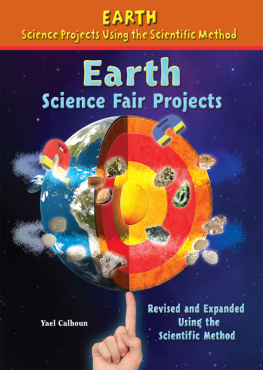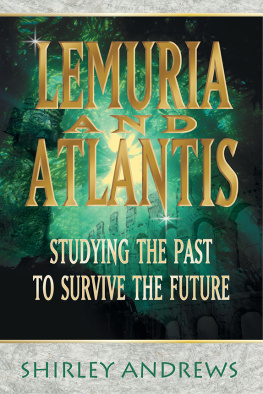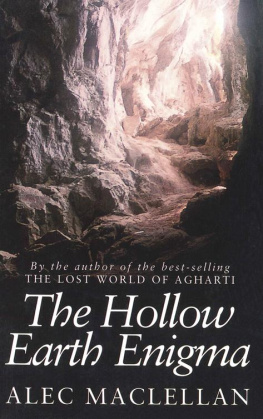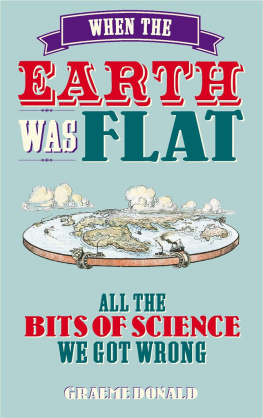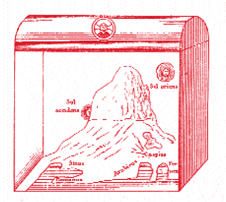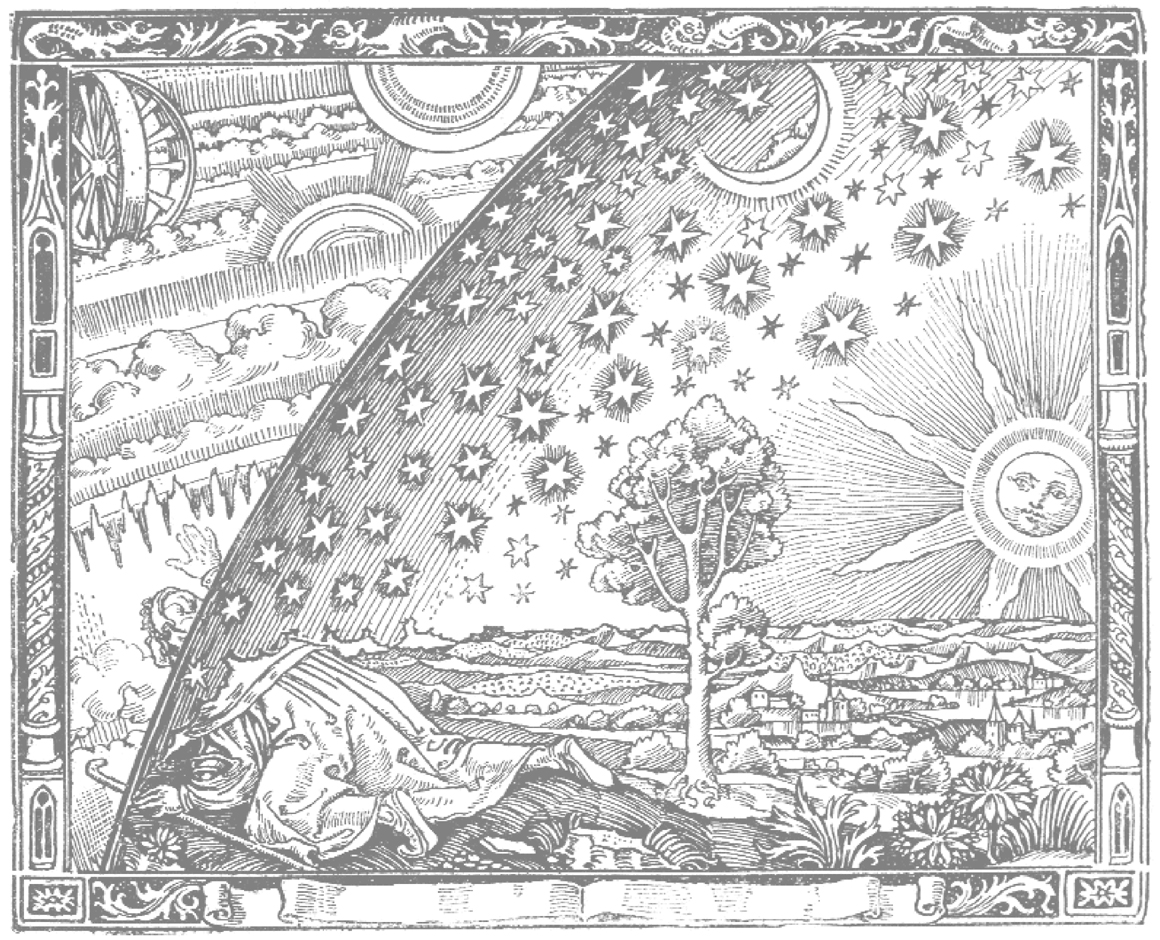D ISCARDED S CIENCE

J OHN G RANT


This ones for The Spammers: Randy M. Dannenfelser, Bob Eggleton, Gregory Frost, Neil Greenberg, Jael, Stuart Jaffe, Karl Kofoed, Todd Lockwood, Aaron McLellan, Lynn Perkins, Tim Sullivan and Greg Uchrin.
A CKNOWLEDGEMENTS
John Baez, Cameron Brown, Malcolm Couch, Bill DeSmedt, Neil Greenberg, Ian Johnson, Lynn Perkins, The Spammers, Pamela D. Scoville, and the Union of Concerned Scientists.
Some parts of this book have been drawn, with very extensive modifications, from my earlier book A Directory of Discarded Ideas (1981). The section on the Tunguska Event is drawn, again with extensive revision, from my own essay in A Directory of Possibilities (1981), which I co-edited with Colin Wilson.
D ISCARDED S CIENCE
Published by Facts, Figures & Fun, an imprint of
AAPPL Artists and Photographers Press Ltd.
Church Farm House, Wisley, Surrey GU23 6QL
Sales and Distribution
UK and export: Turnaround Publisher Services Ltd.
USA and Canada: Sterling Publishing Inc.
Australia & New Zealand: Peribo Pty.
South Africa: Trinity Books.
Copyright AAPPL Artists and Photographers Press Ltd 2006
All rights reserved. No part of this publication may be reproduced, stored in a retrieval system, copied, or transmitted in any form or by any means, electronic, mechanical, photocopying, recording or otherwise without the prior written permission of the copyright owner.
A catalogue record for this book is available from the British Library.
ISBN 13: 9781904332497
ISBN 10: 1904332498
Cover Design: Stefan Nekuda
Content Design: Malcolm Couch
Printed in China by Imago Publishing
INTRODUCTION
A LL M ANNER OF D ISCARDED S CIENCE

N othing but experience could evince the frequency of false information, or enable any man to conceive that so many groundless reports should be propagated, as every man of eminence may hear of himself. Some men relate what they think, as what they know; some men of confused memory and habitual inaccuracy, ascribe to one man what belongs to another; and some talk on, without thought or care, A few men are sufficient to broach falsehoods, which are afterwards innocently diffused by successive relaters.
Samuel Johnson, as reported by
James Boswell, Life of Johnson, 1778
I N 1938 THE YOUNG Italian sculptor Francesco Cremonse buried in France most of a classical statue of Venus. When this statue was discovered shortly afterwards, the experts enthused over it and the French government classified it as a part of the national heritage. Cremonse promptly confessed responsibility for creating the sculpture, and was of course disbelieved who was he to argue with the experts? He was taken seriously only when he produced the missing parts of the statue its legs, one arm, and its nose. Even so, his outrageous claims might have been swept under the carpet had he not been able to produce the night-club singer who had been his model complete with legs, arms and nose.
In the field of discarded science one finds, constantly, a similar reluctance on the part of most of us to accept that one or other of our favourite hypotheses is nonsensical. True, some are so overtly misguided that no one sane would take them seriously for example, there was a Black Forest group, Vegetaria Universa, active in the 1960s, which claimed that the Universe is made entirely of vegetables. But some equally harebrained ideas are widely shared. Take for example the ancient-astronaut hypotheses of Erich von Dniken (b1935) and others, or the bizarre ideas of the late Immanuel Velikovsky (18951979).

The motivations for producing and/or believing in spurious hypotheses are several.
Some hypotheses indeed, some full-fledged theories are simply defunct science: in their day they represented the cutting-edge of theoretical science but theyve since been superseded by other versions that accord more accurately with reality, or theyve been realized to be totally at odds with reality and been replaced wholesale by something that is at least, so far as we can establish, closer to the truth. As science slowly evolves as our knowledge of the Universe slowly progresses in the direction of completeness, even if as yet maybe nowhere approaching that ideal closely ideas and hypotheses from seemingly different disciplines suddenly take on new relationships: can be seen as the myriad pieces of a single, very large jigsaw. Those pieces that simply will not fit, no matter how much we manipulate them, naturally come under greatest scrutiny. Perhaps, just perhaps, getting them to fit will involve a paradigm shift the removal of all the other pieces of the jigsaw in order to start afresh. More likely, theyre from the wrong puzzle and should never have got into this ones box in the first place.
Some jigsaw pieces very obviously do not belong to the puzzle at all. We should in theory look at them closely, of course, just in case our first impressions might have misled us; but the chances of this being so are slender. There have been instances where manifestly wrong pieces have turned out to fit into the larger puzzle after all: for a single example, we can think of Alfred Wegeners hypothesis of continental drift, which for decades was ridiculed by Earth scientists. But continental drift is one of the very, very rare exceptions. Most of those misshapen, incongruously coloured hypotheses are rightly rejected on sight as pseudoscience: at a cursory glance they might look like science, but they arent. While in one sense the pseudosciences are astonishingly unimportant not only do they make no contribution whatsoever to the advance of human knowledge but very often they could impede it in another, societal sense they can be of very great importance indeed: through their capacity to deceive the unwary, the uneducated or (to be frank) the bigoted and the stupid, they can sway whole societies, and often can cause untold misery.
A subject bedevilled by pseudoscience is race. The racist pseudosciences were in large part born from the ideological corruption of science, a further spawner of a plethora of bad science. The ideology concerned can be religious or it can be political. The ideology can even be, on the whole, a benevolent one. There are growing signs at the moment of science being corrupted by the wholly spurious notion that somehow truth can be determined by democratic vote: if polls show that 60% or 70% of the people dont accept that humankind is the product of Darwinian evolution, for example, thats accepted by some as proof that Darwinian evolution must be false. More often, though, the ideology concerned is malicious, or at the very least pernicious in its intent towards science. The corruption of science by religious ideology has been such a constant and pervasive theme throughout history that, had I allowed it to, it would have been mentioned on many more pages of this book than it is; in the vast majority of instances, however, Ive assumed the reader will understand that religious belief has moulded the social climate responsible for the acceptance of false science. Elsewhere the corruption of science has been deliberate and politically motivated; the examples that spring at once to mind are the Nazi promotion in Germany of non-Jewish science, the Stalinist suppression in the USSR of honest genetics in favour of the populist, peasant pseudo-genetics propounded by T.D. Lysenko (18981976), and the ongoing attempts by the George W. Bush Administration in the US to stifle science that clashes with its neoconservative ideology.

